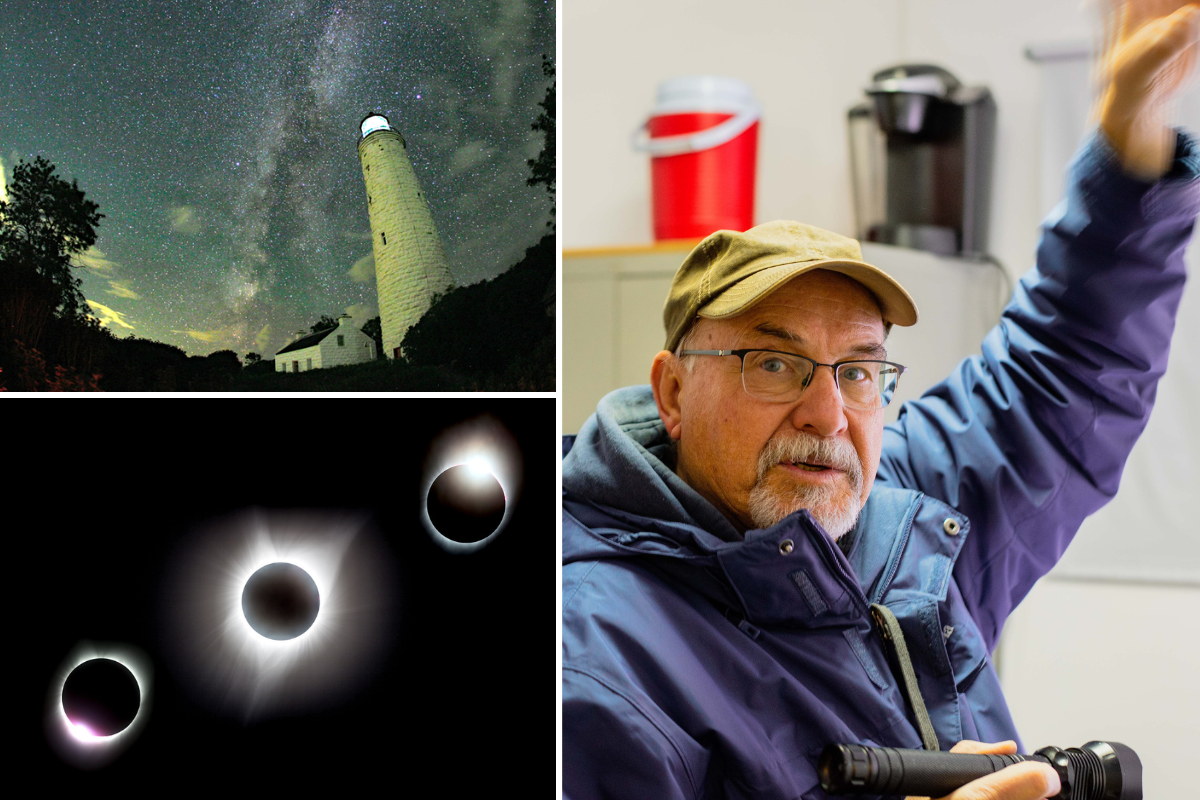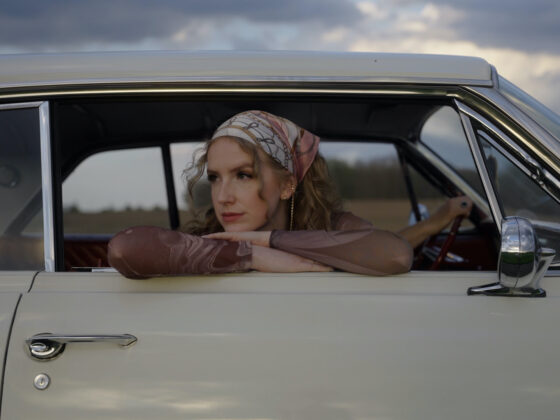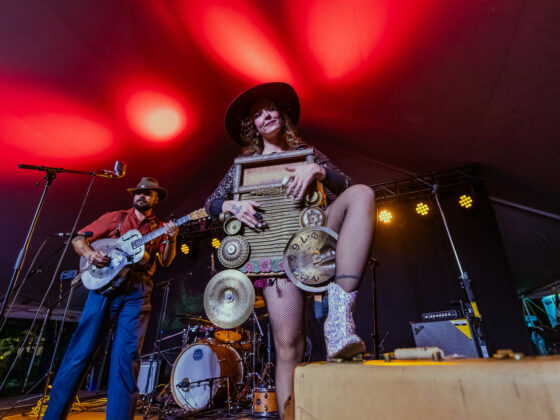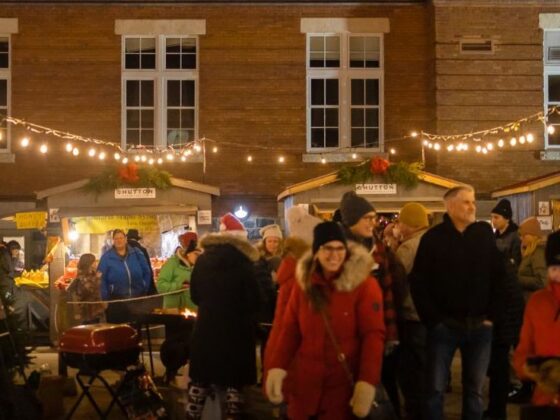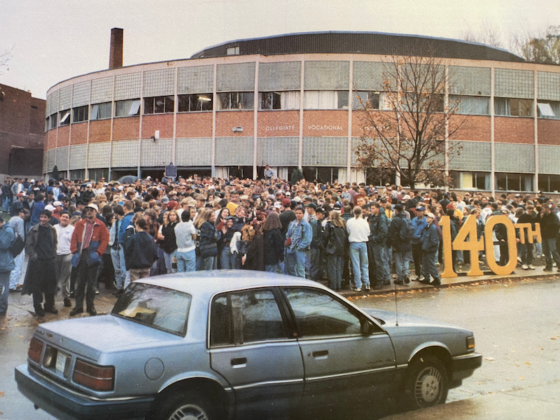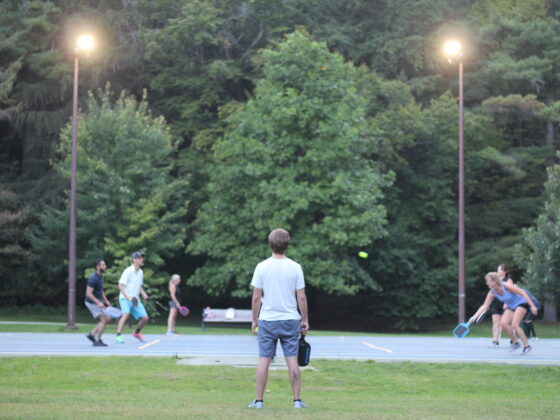We’re on the road to Oliphant. It’s a beautiful clear night, near the end of what’s been a consistently grey winter. Ideal conditions, given our plan for the evening.
We’re headed to the E.S. Fox Observatory, at the Bluewater Outdoor Education Centre (BOEC). The BOEC, sandwiched right between Boat and Spry Lakes on the Saugeen (Bruce) Peninsula is a place many of you graduates of Bluewater District have likely visited. For me however, this is a first, and I’m a bit spoiled in that my guide is one of the forward thinkers who turned the dream of a publicly accessible observatory on the Peninsula, into reality.
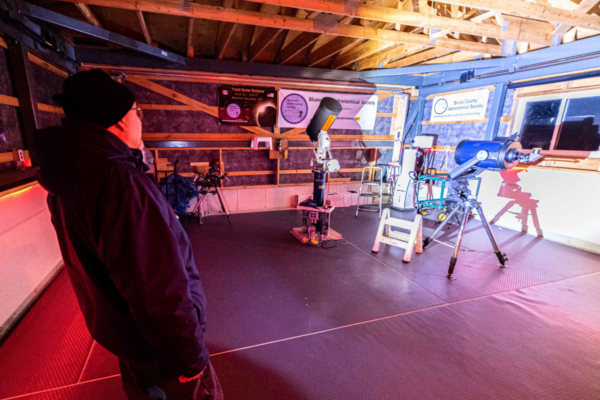
John Hlynialuk has been interested in astronomy since the early ‘70s, roughly around the time he started teaching physics at Wiarton District High School. His interest in the cosmos was an extension of his passion for photography. “I would take the normal group photos and candid shots,” says John, “but I realized ‘hey, you can turn the camera up to the sky and get these beautiful star trails going round and round.’” One of his first astrophotos, and perhaps his favourite, was taken in 1972. He snapped a 50mm lens on his old Pentax, stuck it on a tripod and locked the shutter open. He then went out to the movies, returning a couple hours later to end the exposure. Upon closely reviewing the image, John found not just a swirl of stars, but also four satellites streaking straight across the frame. Not unusual today, with Starlink blasting around 1000 satellites into space yearly since 2019, but quite unusual for 1972, just 15 years after the launch of Sputnik 1.
John began incorporating his rising passion for astrophotography into his teaching. He would bring in his latest images or his telescope to demonstrate optics and their function.
“I just loved it, working with kids. A lot of them are just so enthusiastic and bright, you know, really bright! They’ll ask amazing questions… or silly questions like ‘OK, uhh, can we see Uranus tonight, sir?’”
Impressively, John manages to cringe with great affection while repeating this classic astronomy quip.
Not all of John’s time on the Peninsula has been spent in the classroom. He’s had ample opportunity to stargaze, planet hop and aurora chase in the area, and he speaks highly of it. “The neat thing is, virtually any place you go on the Bruce north of Wiarton, the skies are absolutely pitch black.” This is increasingly rare, with global levels of light pollution ever on the rise, and was a major reason why the BOEC was approached, in the mid-2000s, to house the new observatory.
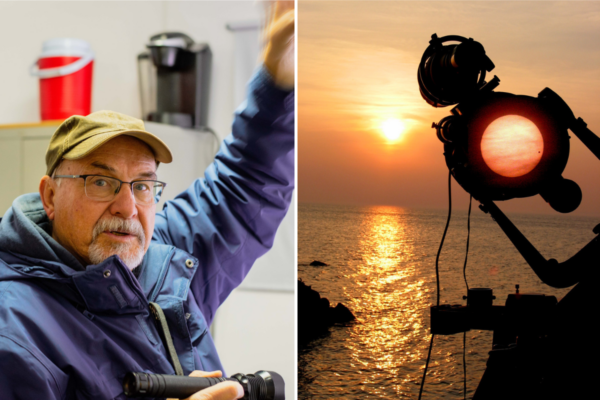
Members of the Bruce County Astronomical Society (now Bluewater Astronomical Society) including John, Charlie Szabototh and Brett Tatton, batted around potential designs before settling on a 24 by 36 foot roll-off roof design. The partnership between the BOEC and the Astronomical Society “just melded”, according to John. “[the BOEC] was a great group to work with.” Generous donations, both monetary and of astronomical equipment, were received from local and professional organizations, private donors, and notably, E.S. Fox Constructors. Ground was broken in the fall of 2010 and in September of 2011, the roof of the E.S. Fox Observatory officially rolled back while the theme to 2001: A Space Odyssey drifted up into the cloudless sky.
Since 2011, the BOEC has been declared a Dark Sky Preserve by the Royal Astronomical Society of Canada, a designation shared with just 7 other sites in Ontario. Dark Sky Preserves are required to control on site lighting, and also to educate the public about the benefits of dark skies, and the detriments of overusing lights at night. This education takes many forms, such as liaising with municipalities on lighting plans, but the most exciting, and likely most effective method, is one the BOEC and observatory are perfectly designed to facilitate: education programs for students.

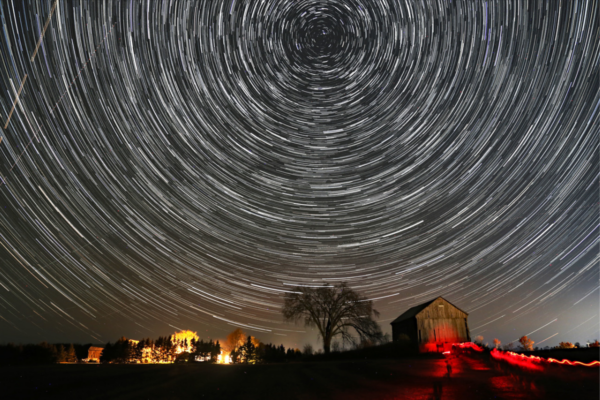
The night John and I visited the observatory, a large group of elementary students were on site, and it was amazing to witness. The sky was fine, sure. Jupiter and Venus were in conjunction, the Seven Sisters of Pleiades shimmered beautifully, Orion fairly leapt out of the sky, celestial club in hand, but the truly amazing thing to see was this group of kids. Their enthusiastic chatter as they made their way through the dark to the observatory. Craning their necks, open mouthed, as the roof above them rolled away to reveal the jet black sky, glimmering with stars. They proudly pointed out constellations to each other and their instructors. Taking their first look through a telescope at a star cluster, planet, or star forming region. This is how real progress will be made in the effort to curb light pollution, by helping kids to see exactly what is lost in a sky full of artificial light.
John is ready to leave before I am. I’m staring up, slack-jawed, trying to tell Ursa Major from Minor, letting the excited buzz of the school group wash over me. He’s getting chilly, and it’s getting late. We load up and roll out. When asked if there’s any celestial occurrence he’s still looking to stroke off his observing list, John’s response is deadpan. “Zak,” he says, “I’m 76 years old. I’ve been there. I’ve done that.” On observing in the cold, he says: “I don’t mind if it’s that cold, as long as it’s not windy.
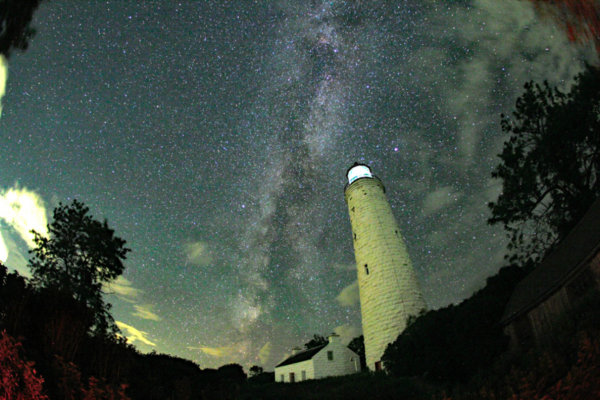
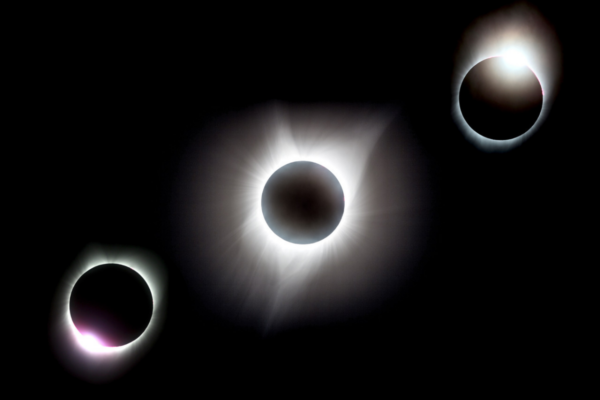
If it’s windy then it’s generally much, much colder.”
As we crest a hill coming into Owen Sound, the moon, nearly full, starts to emerge above the treeline across the bay. It strikes me as pretty, but not ‘slam on the brakes and pull over’ pretty. John slams on the brakes and pulls over. We sit and watch the moon slowly crawl above the trees into the sky. Two weeks later, in March, I bump into him again. He’s standing a couple metres from the frigid waters of Georgian Bay. The sky is lit up by an unreal display of aurora borealis. The temperature is sub-zero. My fingers are numb. My camera batteries drained from the cold. I cower in my Jetta, sneaking peeks at the sky while John stands beside his tripod, shooting hundreds of pictures of the display. The wind is freezing.
—
Words by Zak Erb
Photos by Zak Erb and John Hlynialuk

